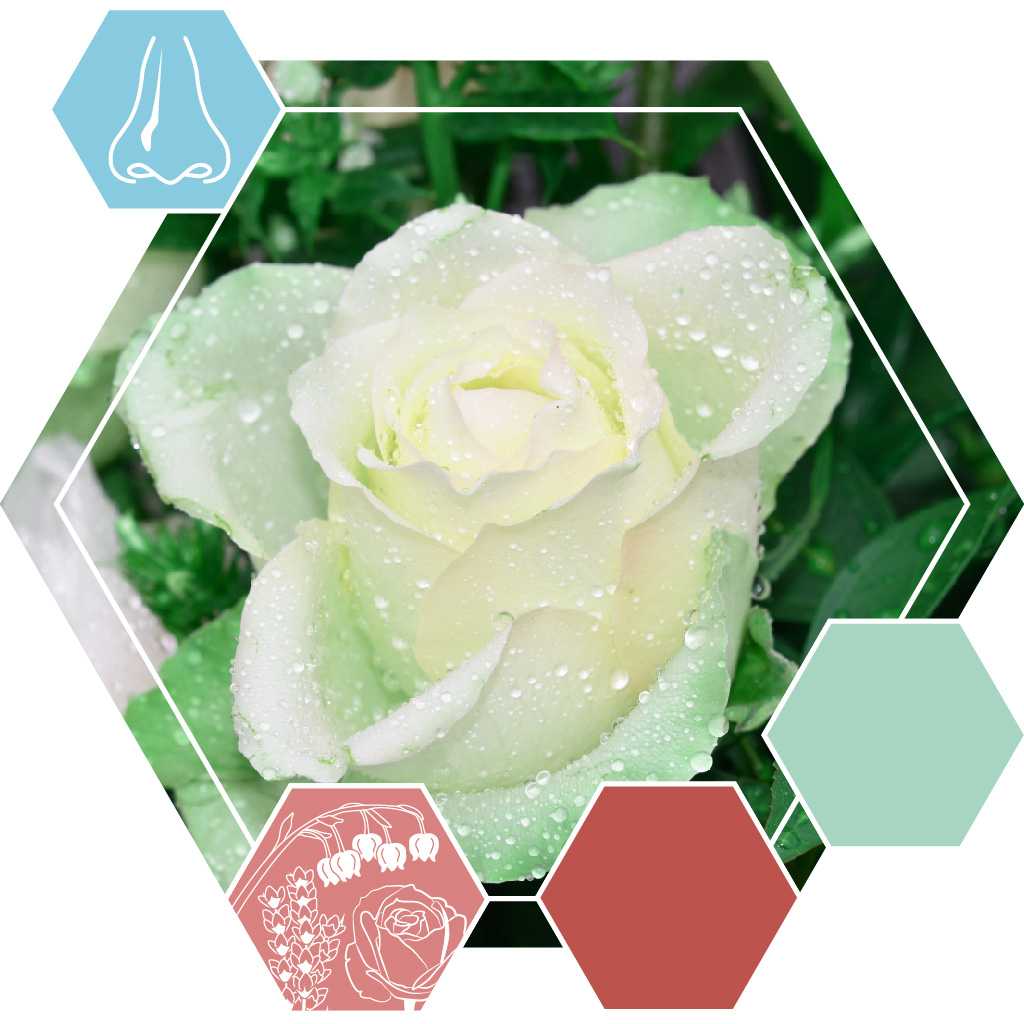Fragrance raw material
Description
This text has been automatically translated and may contain errors.
Citronellol is a fragrance for, for example, perfume, cosmetics, soap, scented candles and other fragrance products.
Use
Citronellol has a fresh floral scent with light citrus aspects. The scent is not overly strong and it is not overpowering, so you can use it undiluted. It is a very versatile fragrance that you can use in many perfumes up to half the fragrance component. Citronellol is one of the rose alcohols and is therefore used in almost all rose and geranium components. In addition, it is an excellent building block for perfumes with citrus, floral scents and ambers. It can be used to add a little floral to spicy scents, for example in fougères. It is primarily a heart note in perfumes and is stable in most products, including soap.
You often use it in larger quantities and the smell is rarely overpowering. Making a dilution is therefore unusual. Keep cool, dry, dark and out of reach of children.
Properties
Citronellol is a clear, colorless to pale yellow liquid at room temperature. The purity is at least 95%. It has a fairly long shelf life. The substance occurs in nature, including in essential oils of rose, geranium and citronella. For use as a fragrance, the synthetic version is usually used.
Packaging
The 10 and 50 ml pack is made of brown glass with a black cap, the 250 g and 1 kg pack is made of aluminium with a white cap.
Dangers
Citronellol is classified as a hazardous substance, with the following characteristics:
WARNING
H315 - Causes skin irritation.
H317 - May cause an allergic skin reaction.
H319 - Causes serious eye irritation.
Codes
Item number: 23031
EC number: 203-375-0
CAS Number EU: 106-22-9
CAS Number TSCA: 106-22-9
FEMA Number: 2309




